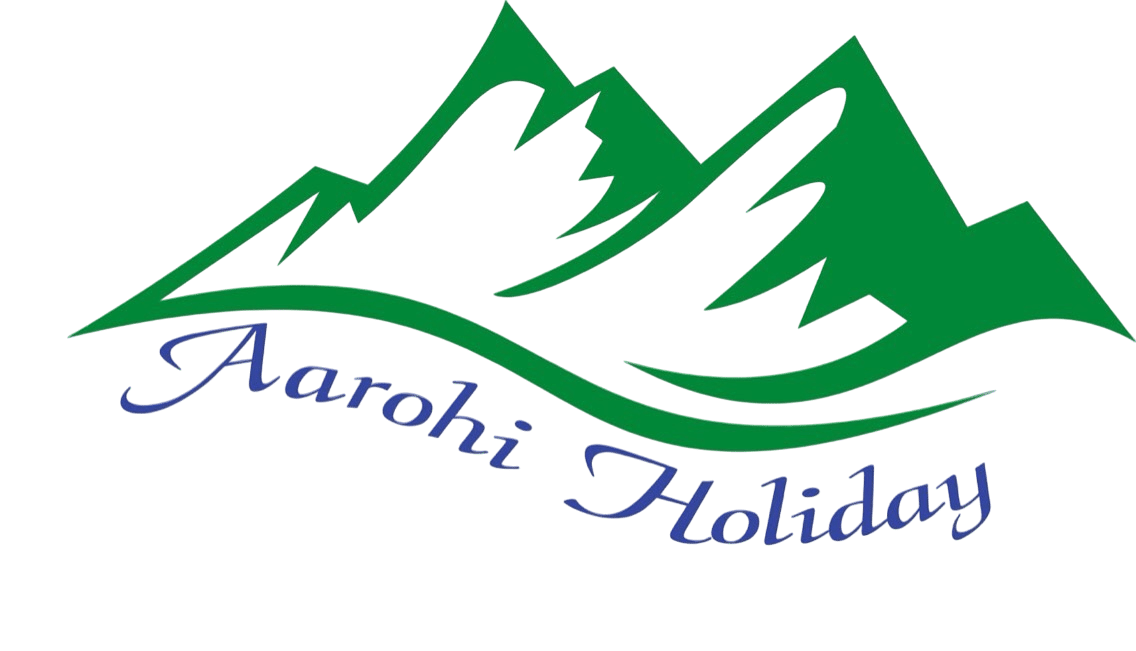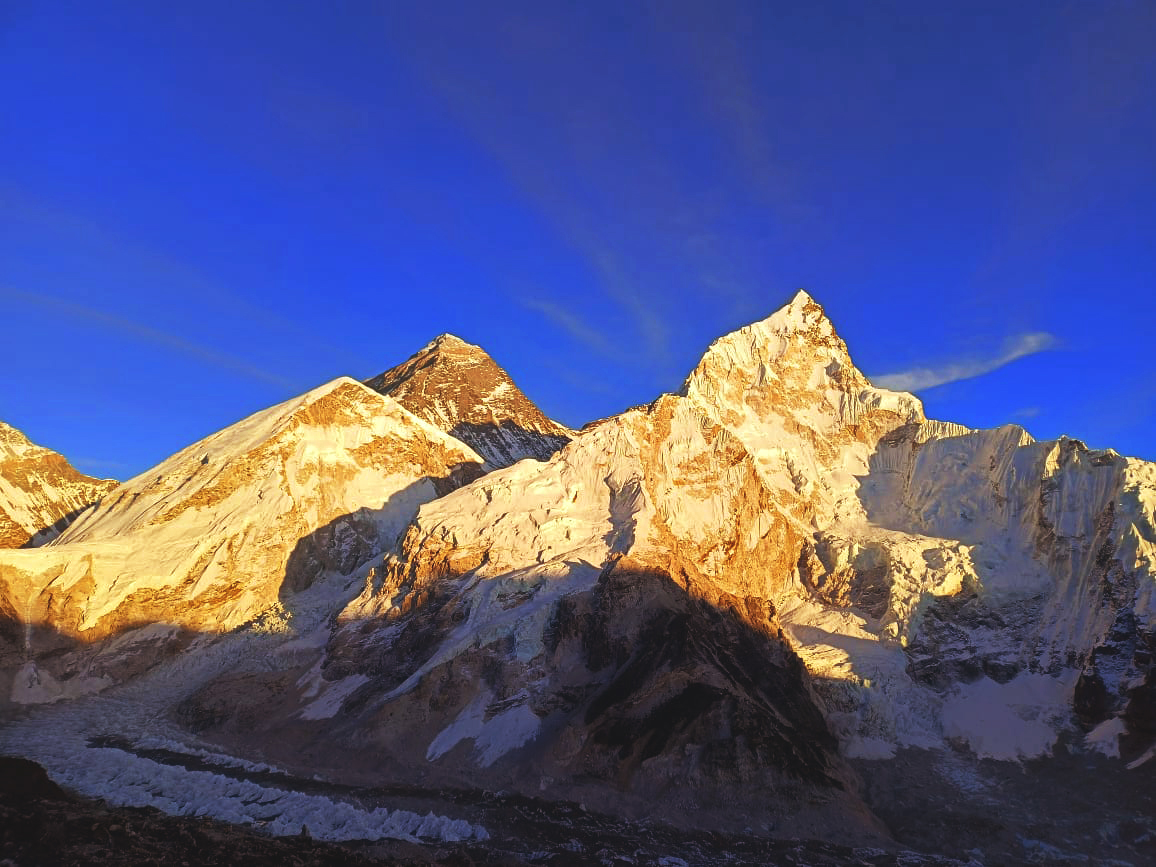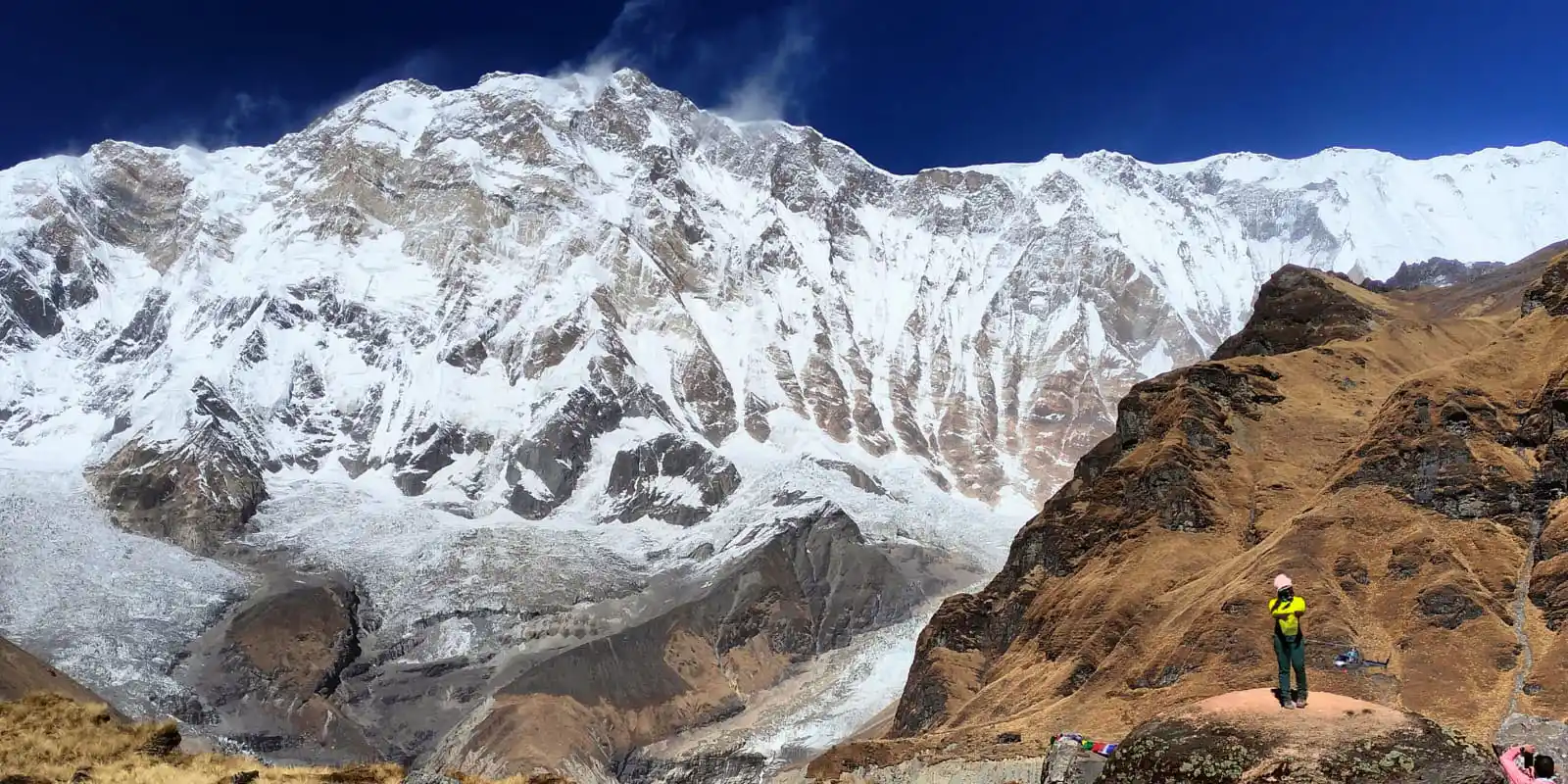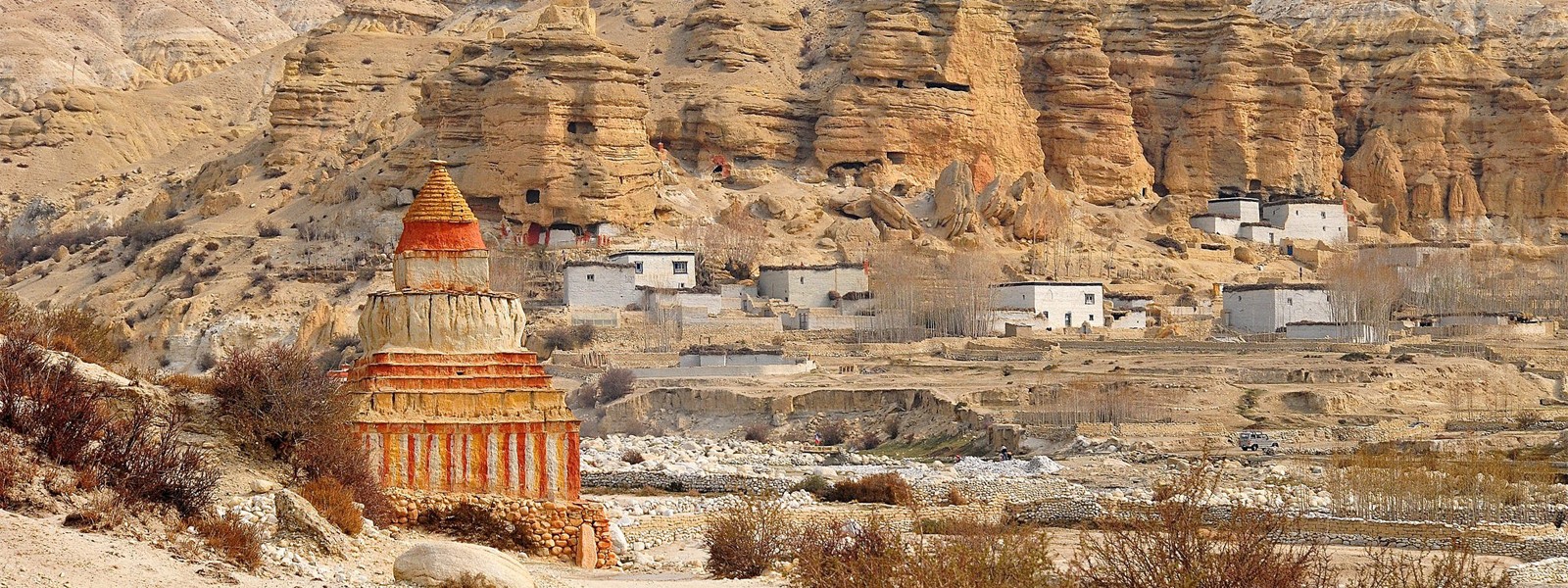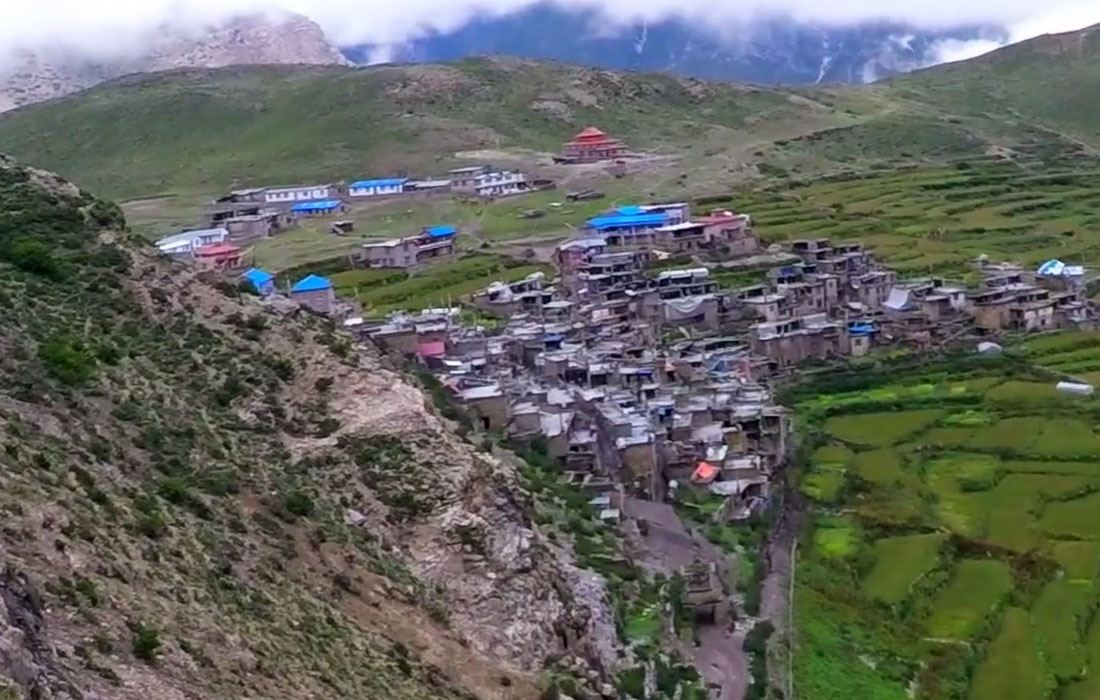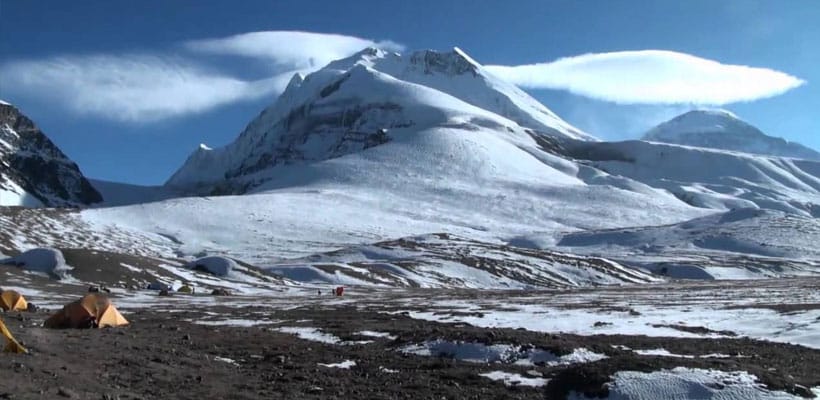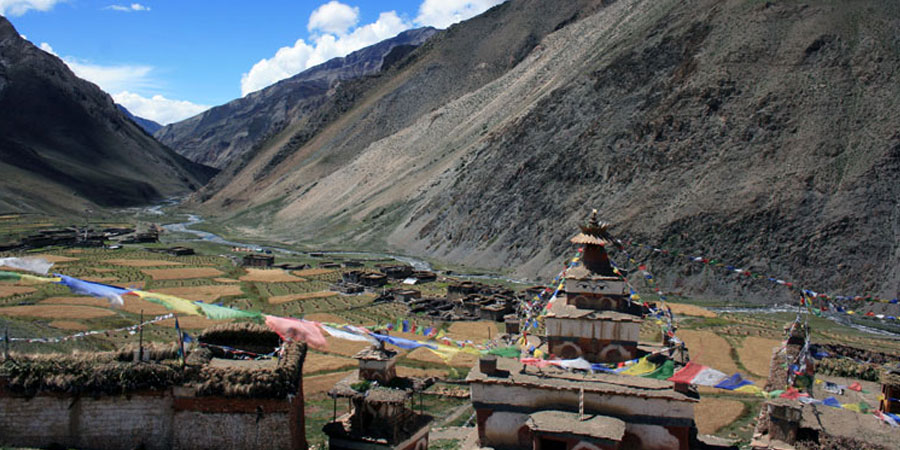US $850
Jiri to Everest Base Camp Trek Overview
Jiri to Everest Base Camp Trek is one in all the oldest trekking to achieve Everest base camp. Everest base camp via Jiri is also a classic trek that was first utilized by Sir Edmund Hilary and Mr. Tenjin Norga Sherpa on their thanks to climbing the Mt Everest expedition in 1953.
Everest Classic Trek from Jiri offers both natural similarly to cultural beauties. Everest Base Camp Trek via Jiri offers a spread of lush forest and its wild animals and birds, rivers, lakes, Glaciers, span hills, and waterfalls. Everest Classic Trek from Jiri, where trekkers can study the traditions, culture, and religion of the communities from Sherpa Communities.
On the way of Everest Classic Trek from Jiri, you’ll visit Tengboche Monastery and which place guarantees Magnificent Views of Cho-Oyo (8152M), Ama Dablam (6456m), Mt Everest (8848m), Lhotse (8516m), and Makalu (8463m), Thamserku and plenty of other surrounding mountain. Subsequently, an early morning hike to the Kalapathar delivers prepossessing sunrise vistas over the stupendous Himalayan Range. This trail passes through the Lamjura La Pass (3,530).we can also visit Namche, and other Village also as. Everest Classic Trek from Jiri also encompasses a preferred name “Switzerland of Nepal”.
We begin our 22-day trip being with a sightseeing tour of the UNESCO World Heritage site before heading to a minimum of one in all the foremost acclaimed trekking routes of Nepal. We may well be a reliable trekking agency in Nepal and may always promise to make your trekking in Nepal the best-ever adventure trek in Nepal.
Jiri to Everest Base Camp Trek Route
Your Jiri to Everest Base Camp Trek begins with your arrival in Kathmandu (1,345m), where our team will greet you at Tribhuvan International Airport and transfer you to your hotel. After a day of sightseeing around the Kathmandu Valley, the adventure starts with a scenic drive to Jiri (2,370m), the classic gateway to Everest. From Jiri, you’ll follow the historic route taken by early Everest expeditions, trekking through lush hills, terraced farmlands, and traditional villages such as Bhandara, Sete, Junbesi, and Nunthala. The trail gradually ascends and descends through beautiful landscapes, crossing Lamjura Pass (3,530m) before joining the main Everest Base Camp route at Phakding.
From Phakding, you’ll head toward the bustling Sherpa town of Namche Bazaar (3,440m) for acclimatization before continuing through Tengboche, with its famous monastery and views of Ama Dablam, then to Dingboche and Lobuche. The journey leads to Gorakshep, the last settlement before Everest Base Camp (5,363m). After exploring base camp, a sunrise hike to Kala Patthar (5,545m) rewards you with breathtaking panoramas of Everest, Lhotse, and surrounding peaks. The return trek follows the trail back through Pheriche, Namche Bazaar, and onward to Lukla, where a short flight brings you back to Kathmandu. This route is perfect for trekkers seeking a classic, longer approach to Everest, offering cultural richness, scenic variety, and a gradual altitude gain for better acclimatization.
Why Choose Us for Your Jiri to Everest Base Camp Trek?
The Jiri to Everest Base Camp Trek is a classic adventure that follows the historic route of early Everest expeditions, offering a richer cultural experience and gradual altitude gain. With many trekking companies to choose from, here’s why Aarohi Holiday is the right choice for your Jiri to Everest Base Camp journey:
- Aarohi Holiday is a trusted, government-registered local company with over a decade of experience in high-altitude treks across Nepal, Bhutan, and Tibet.
- Our licensed guides are highly experienced and well-versed in the Everest region, ensuring a safe, informative, and enjoyable journey.
- Safety is our priority—our guides are equipped with first aid kits, oximeters to monitor oxygen levels, and emergency support, including access to oxygen cylinders when needed.
- We offer a clear pre-trek briefing online after booking confirmation to help you prepare, covering everything from the itinerary to gear checklist and altitude awareness.
- Enjoy a hassle-free booking process with secure payment options and transparent pricing—no hidden fees.
- We provide private airport pick-up and drop-off, making your travel smooth from arrival to departure.
- Our 24/7 customer support team is always available to answer your questions and assist you during the trek.
- Comfortable accommodations in local teahouses and lodges with basic amenities are included throughout the trek.
- We support sustainable tourism, employing local staff and helping uplift mountain communities.
- A complimentary porter service is included to carry your heavier luggage, allowing you to enjoy the trail with ease.
Jiri to Everest Base Camp Trek-2025/26 Group & Private Options Available
Take the classic route to the world’s highest mountain with our Jiri to Everest Base Camp Trek—a journey that lets you walk in the footsteps of the first Everest explorers. Beginning in the peaceful hill town of Jiri, you’ll trek through rolling green hills, terraced farms, and traditional Sherpa villages before joining the famous Everest trail. This longer, more scenic route gives you extra time to acclimatize, soak in local culture, and truly connect with the Himalayas. For the 2025 and 2026 trekking seasons, we’ve designed both fixed departure group treks and fully customizable private trips so you can choose the adventure that’s right for you.
Our group treks welcome 2 to 12 like-minded travelers, making it easy to share the journey, the laughs, and the memories. If you’d rather set your own pace, our private treks give you total flexibility—perfect for couples, families, or anyone wanting a tailor-made experience. Bookings for 2025 are open now, and early reservations for 2026 are a great way to secure your preferred dates. Whether you come for the mountains, the culture, or the challenge, we’ll make sure your trek to Everest is an experience you’ll never forget.
Jiri to Everest Base Camp Trek Alternatives
Looking for other ways to experience the Everest region? Take the Everest Base Camp Trek with Helicopter Return for the full trek up and a quick, scenic flight back. Prefer something easier? The Everest View Trek offers beautiful mountain panoramas without the high altitudes. For stunning turquoise lakes, try the Gokyo Valley Trek, or stick to the classic Everest Base Camp Trek for the iconic route. Want more challenge? The Everest Three Passes Trek delivers ultimate adventure. You can also combine both worlds with the EBC with Gokyo Lake Trek. Short on time? Go for the Everest Base Camp Short Trek or the Everest Base Camp Helicopter Tour for unforgettable views without the long hike
